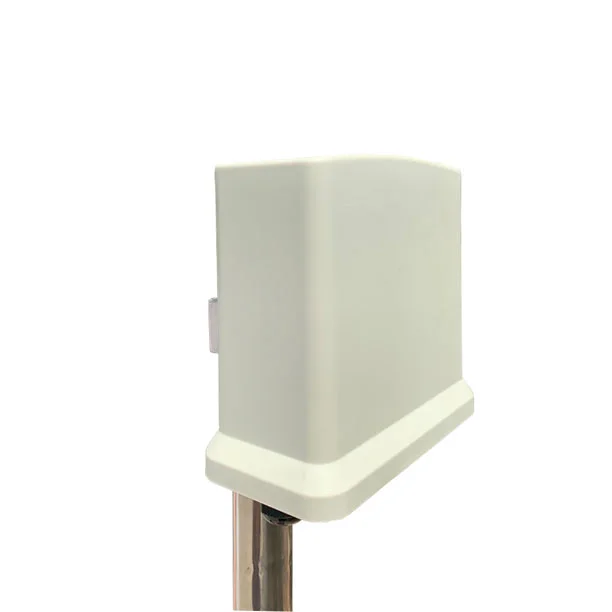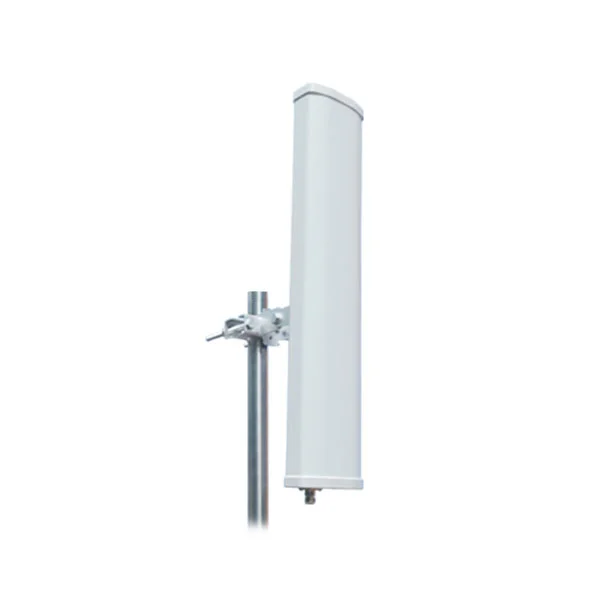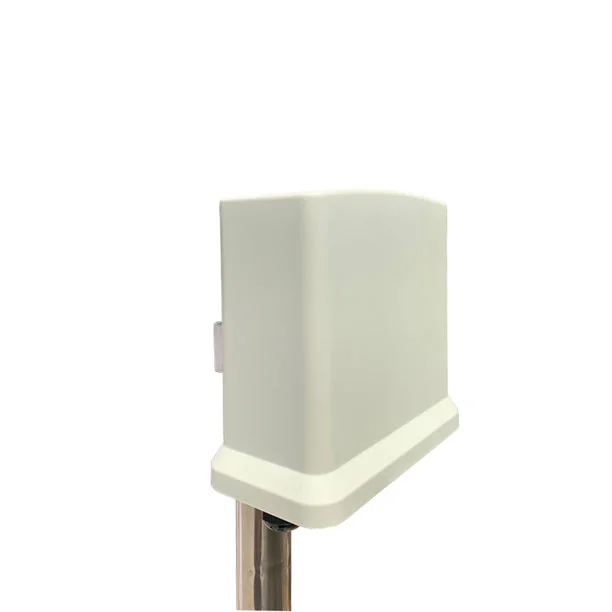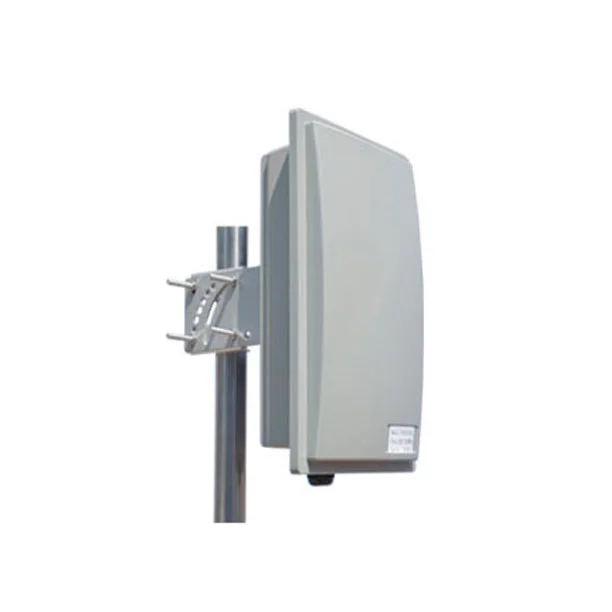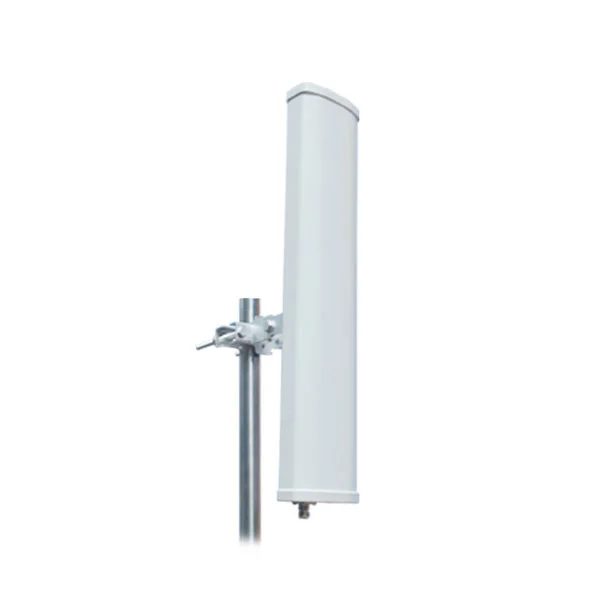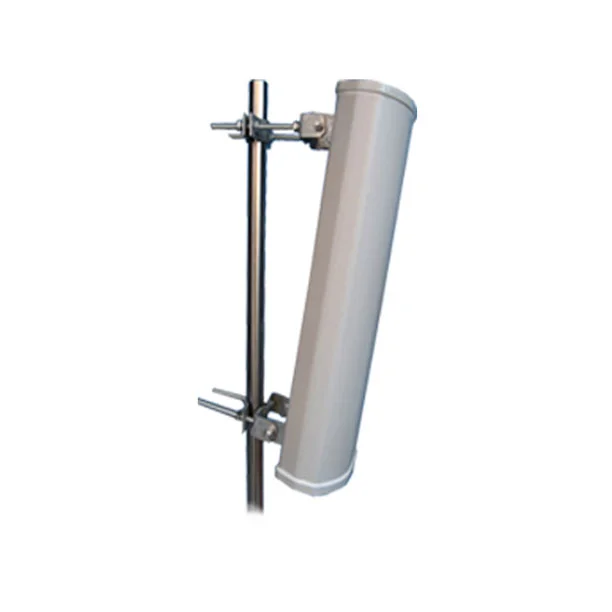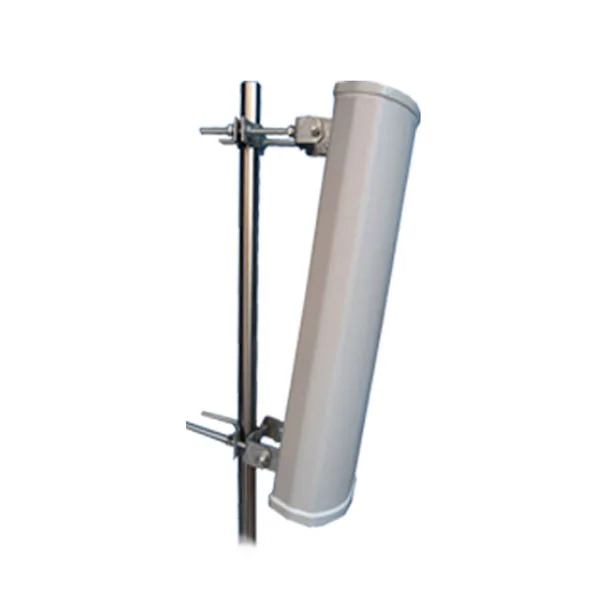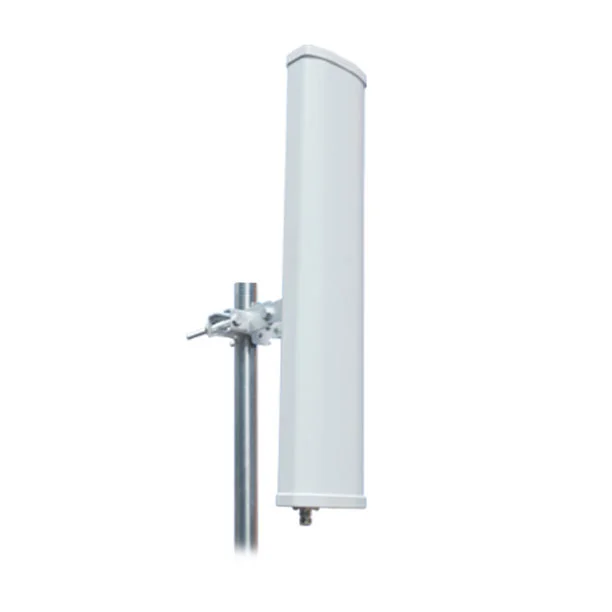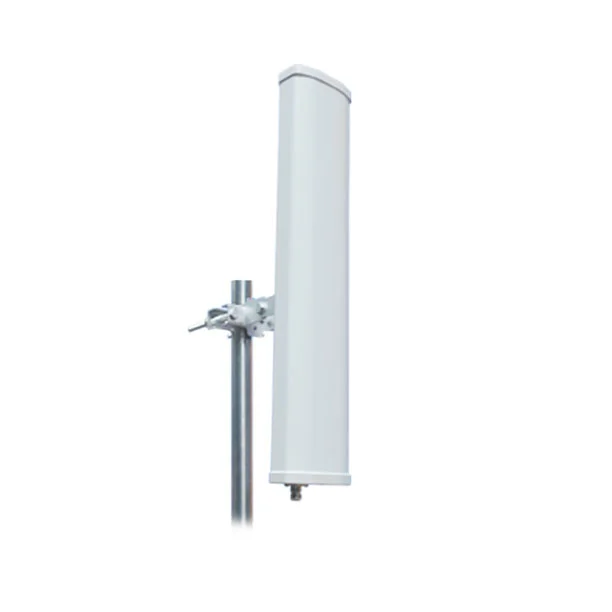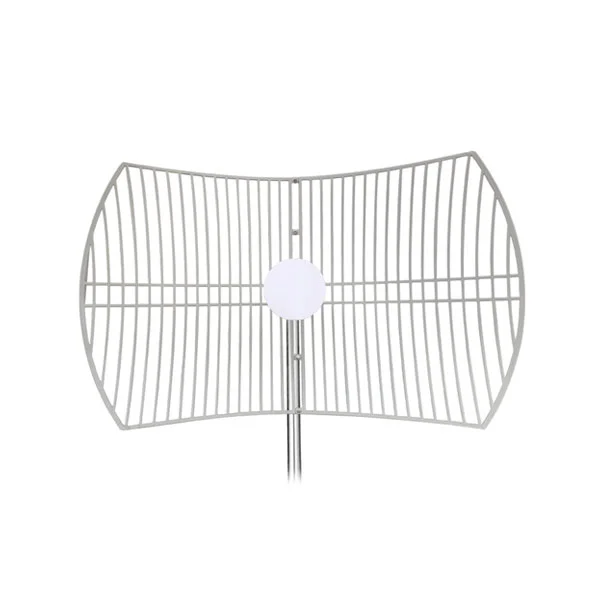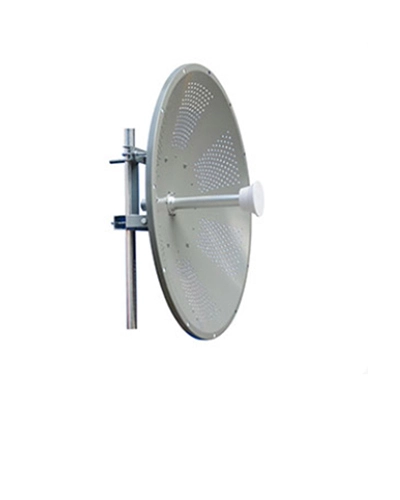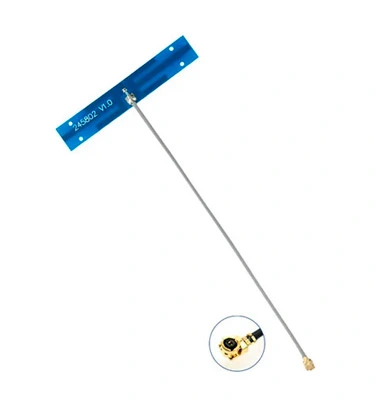
As a leading manufacturer in producing Sector Antennas, Asian Creation offers high-performance and high-quality 4G/LTE Sector Antennas which are using the technology of 4G or LTE. Not only having stronger signal sending and receiving, the 4G/LTE Sector Antennas also deliver more stable and reliable connections and data transmissions, which just meet the needs and requirements of customers.
As a leading manufacturer in producing Sector Antennas, Asian Creation offers high-performance and high-quality 4G/LTE Sector Antennas which are using the technology of 4G or LTE. Not only having stronger signal sending and receiving, the 4G/LTE Sector Antennas also deliver more stable and reliable connections and data transmissions, which just meet the needs and requirements of customers.
The bottom of the 4G/LTE Sector Antennas has the RF connector and adjustment buttom. For outdoor placement, the main reflector screen is made of aluminum and all internal components are housed in a fiberglass radome enclosure to keep it stable in operation, whatever the weather conditions. Furthermore, grounding is very important for outdoor antennas, so all metal parts of the 4G/LTE Sector Antennas are DC grounded.
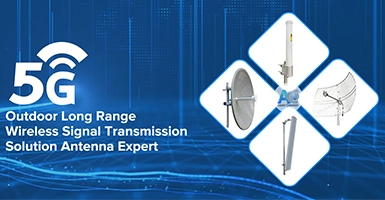
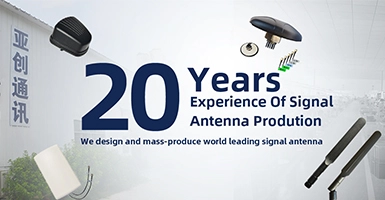
The size and shape of the reflector of the 4G/LTE Sector Antennas determine the performance. Reflectors are usually flat with some ridges or other features along the edges. The 4G/LTE Sector Antennas are adjusted by remote control circuits from the ground, eliminating the need for technicians to climb antenna towers. To provide 360-degree coverage, multiple sector antennas are used and mounted back-to-back.
Mobile Network Base Stations: 4G/LTE sector antennas are commonly used in mobile network base stations, where they are installed on cell towers or rooftops. They transmit and receive signals to and from mobile devices within their coverage area, providing cellular connectivity for voice and data services.
Urban and Suburban Environments: In densely populated urban and suburban areas, 4G/LTE sector antennas are used to provide coverage and capacity. They are strategically placed to ensure that the network can handle a large number of simultaneous connections and data traffic.
Rural and Remote Areas: In rural or remote areas, where wired infrastructure may be less practical, 4G/LTE sector antennas are used to provide wireless connectivity. This is especially important for bridging the digital divide and ensuring that even remote communities have access to reliable mobile communication.
Fixed Wireless Access (FWA): 4G/LTE sector antennas can be used in fixed wireless access deployments, delivering high-speed internet to homes and businesses. This is particularly useful in areas where traditional wired broadband infrastructure is limited.
Public Safety and Emergency Services: Sector antennas are deployed in public safety networks to provide reliable communication for emergency services. They play a crucial role in supporting first responders during emergencies and disasters.
Transportation Systems: In transportation systems such as highways and railways, 4G/LTE sector antennas are used to enable communication for smart transportation applications, including traffic monitoring, vehicle-to-infrastructure communication, and passenger connectivity on public transportation.
Enterprise Networks: Large enterprises may deploy 4G/LTE sector antennas to provide wireless connectivity within their campuses. This is essential for supporting mobile devices, IoT devices, and ensuring seamless communication for employees.
Event Venues: Temporary deployments of 4G/LTE sector antennas are common in event venues such as stadiums and concert halls. These antennas ensure that large crowds can access high-speed mobile data during events.
IoT Deployments: 4G/LTE sector antennas support the connectivity needs of IoT devices in various industries. They can be used to connect sensors, actuators, and other IoT devices that require reliable and low-latency communication.
Smart Cities: In smart city initiatives, 4G/LTE sector antennas play a role in providing connectivity for smart infrastructure, including smart streetlights, environmental sensors, and other IoT devices that contribute to the city's efficiency and sustainability.

